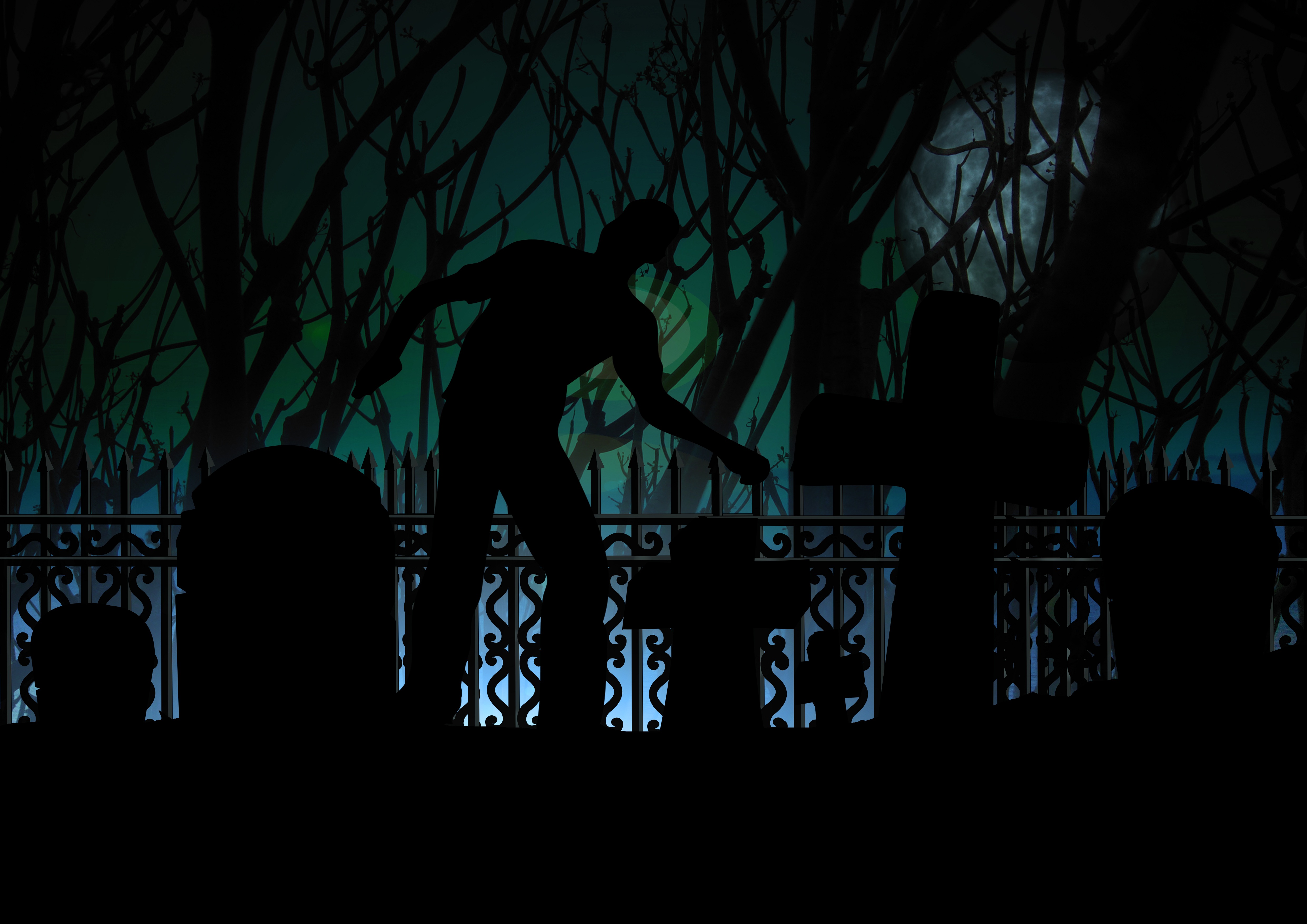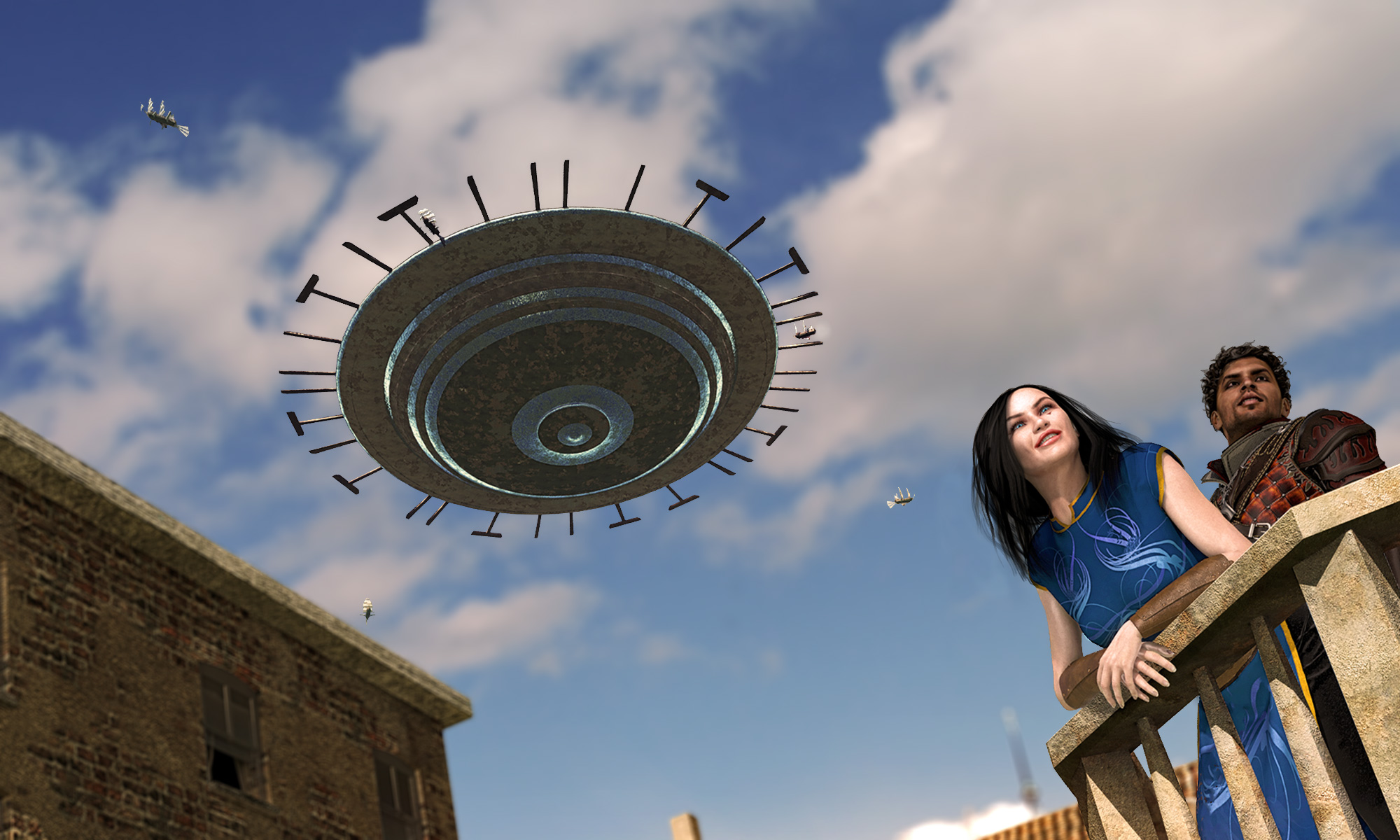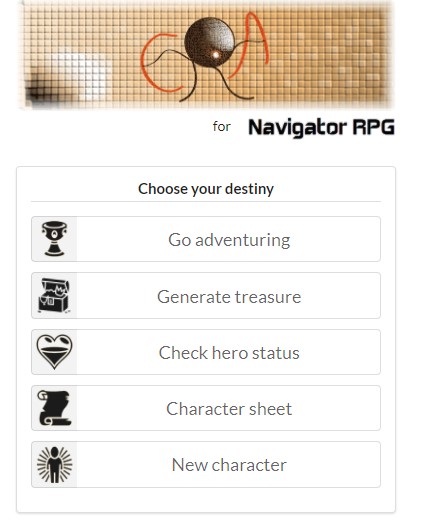When I write these blog posts, I am often juggling three or four thoughts, all of which could be a post in their own right, but they kind of clash or have a bearing on each other.
I have spent most of August playing Cthulhu Mythos games, a bit of Dark Streets & Darker Secrets, a bit of Eldritch Tales and the classic Call of Cthulhu itself. This is influence number one, but I am not sure that Rolemaster fans want to read about other games on the Rolemasterblog.
I was interesting to read Hurin’s experience at the virtual gen con, but this line stood out “So that I think is a real selling point for RMU: casters no longer need three rounds to cast a shield spell, and semis can cast a lot more while fighting.” This is influence number two.
I hangout online with a few other publister, Azukail Games is our own Egdcltd on the blog and forums, I talk to the owner of SadfisheGames alot, and the owner of Earl of Fife. In three seperate conversations/interactions yesterday the real nub of the topic was ‘what do you want to be’. This is influence number three.
Cthulhu
So I am playing CoC and the basic mechanic is the same as RuneQuest and BRP, d100 roll under your skill using d100. Roll over it and you fail your skill test, rolling under and you have graduated successes, Success, Hard Success and Extreme Success.
I can see an analogy, we have partial success, success and absolute successes.
The difference is that, roll under mechanics feel really anti climactic.
If I am a barely capable swordsman (not a great stretch of the imagination) and I roll a 24 with a skill of 25, I hit you.
If you were a master swordsman with a skill of 75 and you roll a 24, you hit me.
There is no difference in the roll. There also no difference in the perception of the roll.
Now lets look at a rolemaster character. Imagine the roll was a 76, which is on a par with the 24, as CoC is roll under, RM is roll high.
My 76 + my 25 skill gives me 101, Success! Fighting someone of about my ability, depending on how we split OBs and DBs I may have landed a blow.
Our master swordsman rolls 76 + 75 skill and they get 151. There skill suddenly plays a much larger part in the game.
Even for pass or fail tests, ignore weapons for now. Isn’t it just more satisfying to declare a total of 151 to the GM, than a 24?
Get That Message Out
I think that the beauty and simplicity of Roll + Skill is the message that ICE needs to get out. We need actual plays on video where people get to show the excitement of declaring big numbers. The excitement of getting an open-ended roll (up), the despair of the OE down and the glee of the GM capitalizing on it and applying a great narrative description.
Technically, rolling under your skill is easier math that adding your skill to the diceroll. One is a simple comparison and the other is sum, but when you start having to calaculate the hard and extreme successes, the math in CoC/RQ/BRP is significantly more difficult than it is in Rolemaster.
Going back to Hurin’s experience, people were impressed by how easy RMu was. Admittedly, that was as a player, the game is more complex to run, but that is true of almost every game.
Games that are simple to play and learn and fast at the table are extremely popular. GMs love to prep, half the fun of being GM is the prep that goes before a session. Being able to ‘craft’ encounters is not a bad thing. I would say it is a selling point. A good GM should not be rolling for wandering monsters, they should be crafting meaningful encounters.
Now this brings me to the third thing that Hurin mentions, Spacemaster. It was me that asked about SMu. I was somewhat disappointed about there not being plans to bring out a SMu system.
I do have my Navigator RPG. That is my sci fi offering. The core system is now called Bare Metal Edition, and it a standalone game engine. It enables anyone to take a RM-style game engine and build a game, with all of the game mechanics made for you. It is the world building and flavour that will engage the player, that is the bit you need to build.
I said that I was going to try and build a fantasy version, called Pilot RPG this year. That is still on the cards, but may be a bit late. In a funny way it is being covid delayed, my day job was severely hit, so I have ramped up my writing and I have replaced my lost income. Writing for RM is not something you do for the money, it is purely a love thing.
What this means for Pilot RPG is that it will appear in 2021, probably early 2021. It will still be followed by a 1920s Cthulhu RM-esque game and a WWII themed RM-esque game as well. I want to teach the world the joy of the open-ended roll and the E critical, using a rules light approach. From there they can migrate to full RMu.
This brings me to the past real question. RM has always positioned itself as an Advanced System, implying it is harder to run. Yet, the most positive responses are that it is easy. So what does RM want to be? What is its identity? Until ICE can answer that question it is going to be hard to put together a case compelling enough to make people who don’t know the game to part with their money.




